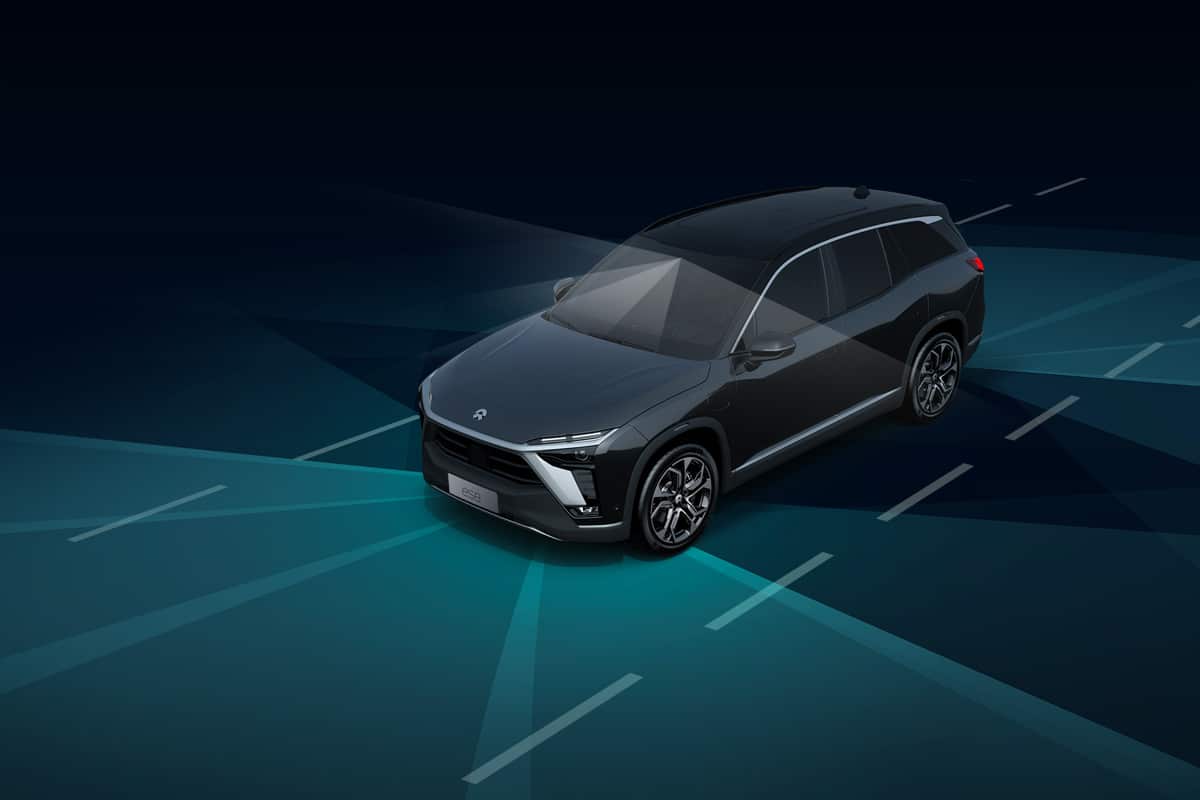Lin Wenqin, the 31-year-old founder of Chinese restaurant brand Meiyihao, died in a traffic accident while driving an Nio ES8. His company's obituary said the vehicle was on NOP (Navigation On Pilot), which puts the self-driving feature into the spotlight.
Nio expressed its condolences to the deceased and said it would do its best to cooperate in the aftermath and analyze the cause of the accident. The company's branding department responded to the media by saying, "NOP is a navigation aid, not self-driving."
Ifnews.com, a subsidiary of the official Chinese media People's Daily, quoted Zhang kangkang from the Tsingyan Huake Institute of New Energy as saying that there was a risk that NOP would not be able to brake in time when there was a stationary obstacle ahead.
According to Zhang, all L2 assisted driving functions, including Adaptive Cruise Control, cannot effectively identify stationary vehicles ahead.
This is because the millimeter-wave radar is currently the most effective sensor for identifying obstacles, and it has a low correct rate of identifying stationary objects, so the recognition results are deliberately filtered out.
This problem may be solved as millimeter-wave radar is upgraded or replaced by LiDAR, or car companies can replace millimeter-wave radar by enhancing the visual recognition of cameras, as Tesla has done, Zhang said.
NOP is unable to avoid people, animals, signals and static obstacles, and "users are asked to take over the vehicle immediately if there is an accident or construction zone ahead of the route," Nio said in guidelines on its website in October 2020.
NOP is described by Nio as "a deep integration of navigation system, high precision maps, and Nio Pilot, the automated driving assistance system".
NOP's functions include allowing the vehicle to "automatically merge onto the main road, cruise on the main road and intelligently select the best lane, automatically switch to the next road based on navigation planning, and automatically exit the main road.
Nio says in the guidelines that NOP should never be equated with autonomous driving, and that NOP cannot be used on non-closed roads such as urban surface roads and mountain roads.
NOP cannot cope with all weather conditions and road traffic conditions. "Users must always pay attention to the weather, traffic conditions and road environment, and make their own decisions on whether to use NOP while ensuring safety".
Zhang Jianyong from Nio's driverless systems engineering department said in the guidelines, "Users should avoid using NOP when traffic is heavy, considering that vehicles may try unsuccessfully to change lanes, miss off-ramps, or require drivers to manually control merging onto the main road."
Nio "strongly recommends" that users turn on the "Nomi Pilot" alert, where Nomi will notify the driver by voice what actions are about to be performed, what information needs to be attended to, and if necessary, will send a prompt to take over.
When NOP is enabled, there are two modes of lane change: "Confirmation Required" and "No Confirmation Required". In the "Confirm Required" mode, when the vehicle is prompted to change lanes, the driver turns on the turn signal in the direction of the lane change and the vehicle will choose the appropriate time to change lanes automatically.
In "no confirmation" mode, the vehicle will not ask the driver to confirm when prompted to change lanes, but will choose the appropriate time to change lanes automatically.
Nio says that whether "Confirmation Required" or "No Confirmation Required" is selected, the driver cannot relax his or her attention to the surrounding situation.

